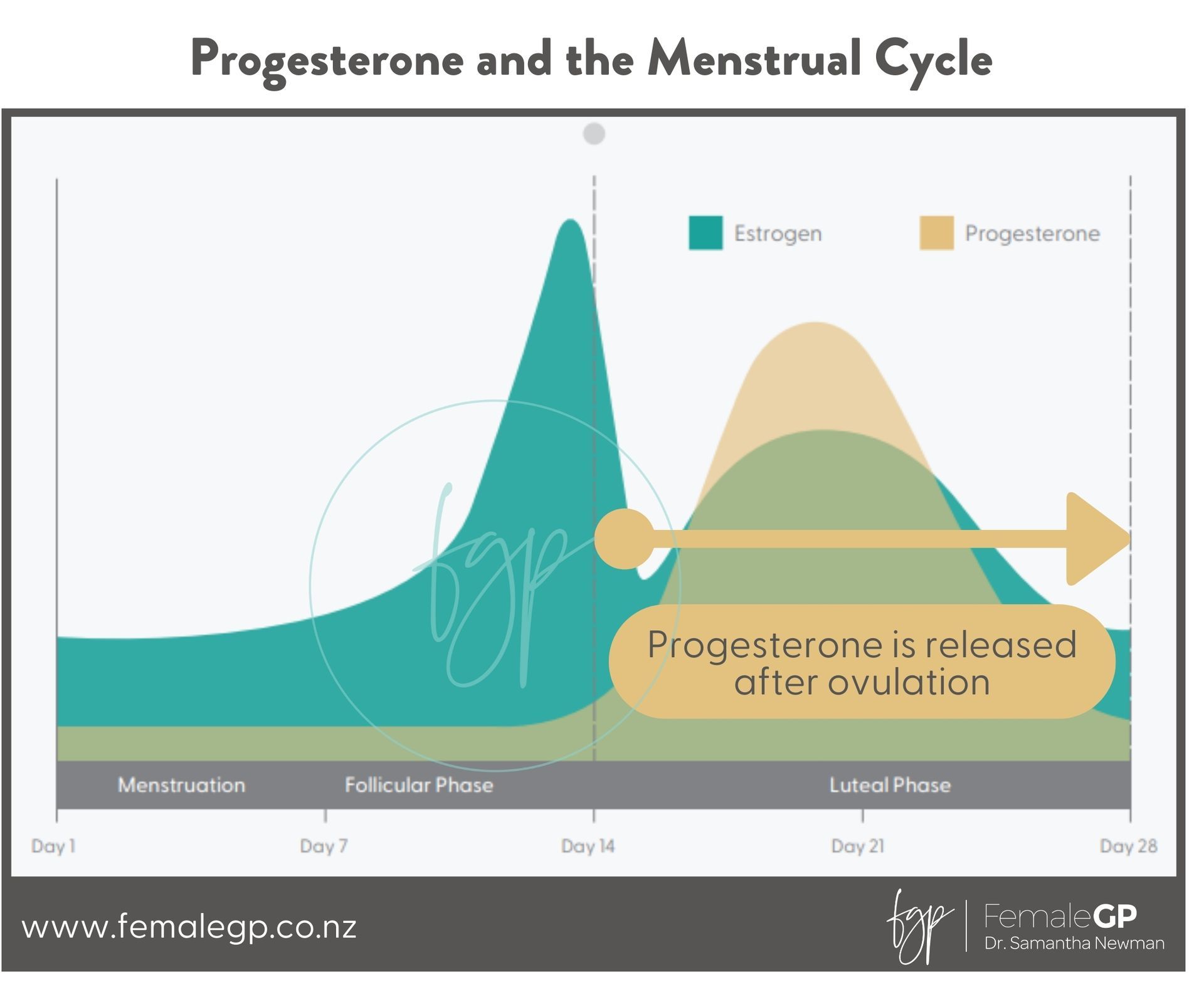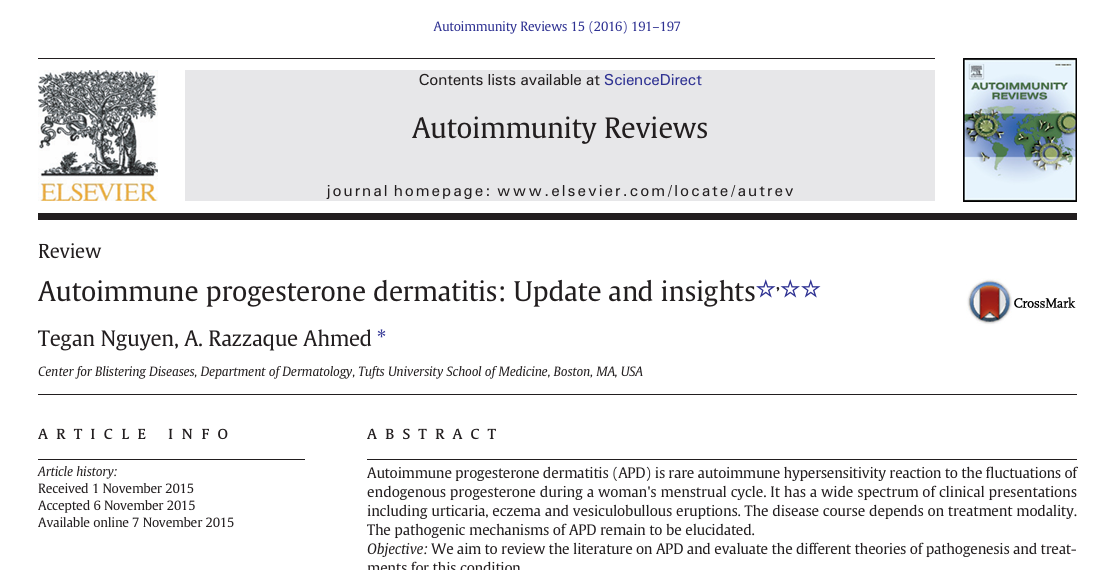Autoimmune Progesterone Dermatitis
Progesterone dermatitis is a true allergic reaction to progesterone, distinct from progesterone intolerance. It typically emerges in the days leading up to menstruation and subsides when hormone levels drop during menstruation. This condition can also manifest with the use of contraceptive methods and hormonal therapies.
Treatment options include hormonal contraceptives, but in severe cases, stopping ovulation entirely may be necessary. This can involve oophorectomy (removal of the ovaries) or medications designed to halt ovulation.
The exact cause of autoimmune progesterone dermatitis (APD) remains unclear, though it can be confirmed through a skin prick test. Unlike APD, progesterone intolerance is not a true allergy. It doesn't involve the immune system recognizing progesterone as foreign, but it can lead to physical and psychological discomfort due to sensitivity to progestogens or fluctuations in their levels.
While progesterone intolerance may improve over time, treatment for APD often involves stopping progesterone production or pursuing desensitization therapy. It's important to note that progesterone intolerance is significantly more common than APD.
Nguyen T, Razzaque Ahmed A. Autoimmune progesterone dermatitis: Update and insights. Autoimmun Rev. 2016 Feb;15(2):191-7. doi: 10.1016/j.autrev.2015.11.003. Epub 2015 Nov 7. PMID: 26554933.
More about progesterone dermatitis
Dermnet is a brilliant resource on all things skin.
Photographs of APD
https://dermnetnz.org/topics/autoimmune-progesterone-dermatiti (viewed 5/1/2024)
Review Article - Progesterone Dermatitis
Nguyen T, Razzaque Ahmed A. Autoimmune progesterone dermatitis: Update and insights. Autoimmun Rev. 2016 Feb;15(2):191-7. doi: 10.1016/j.autrev.2015.11.003. Epub 2015 Nov 7. PMID: 26554933.






